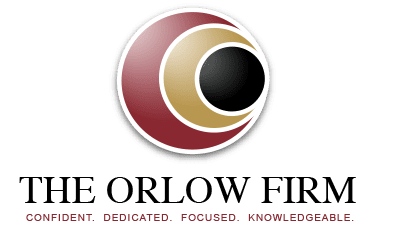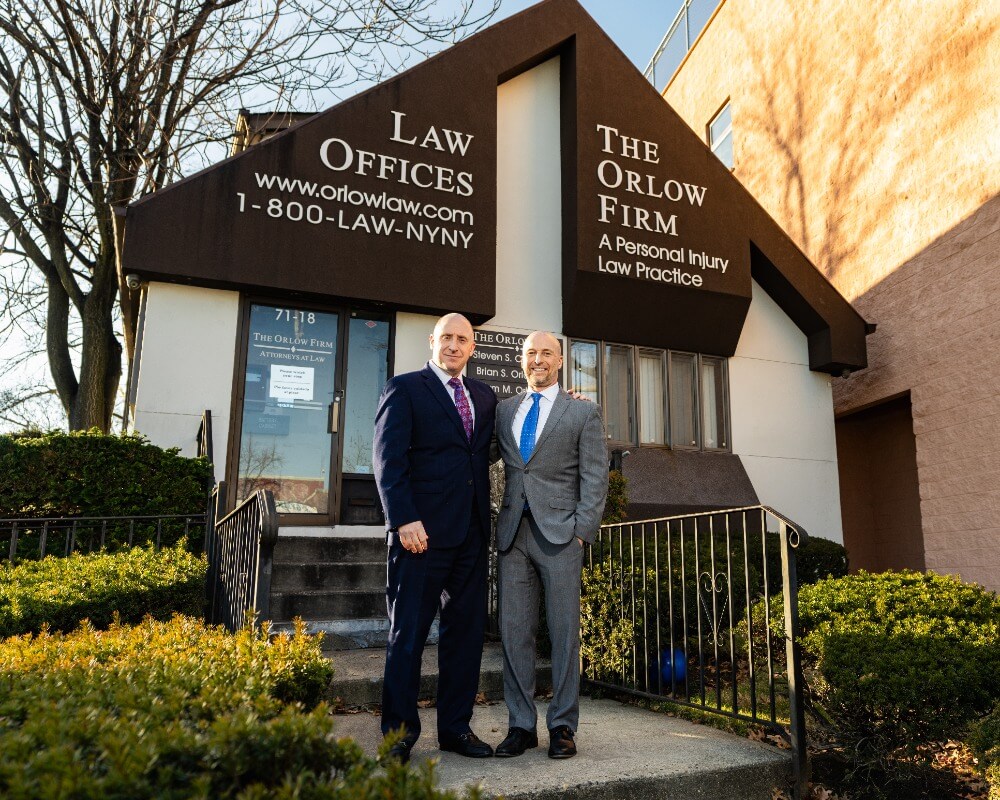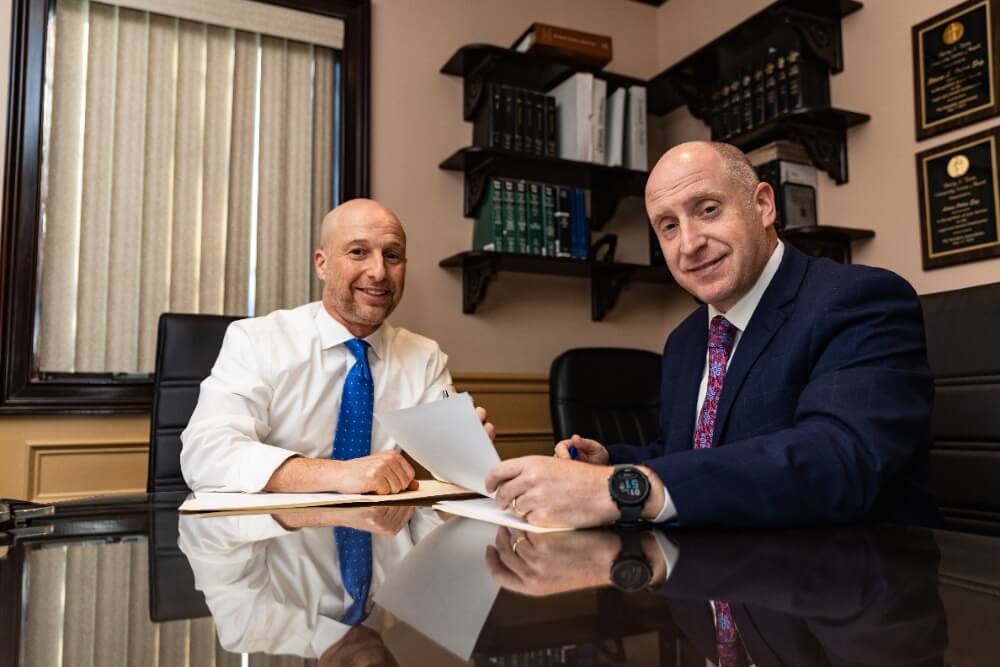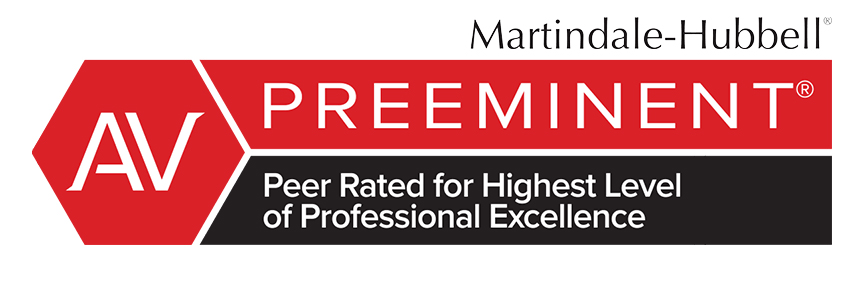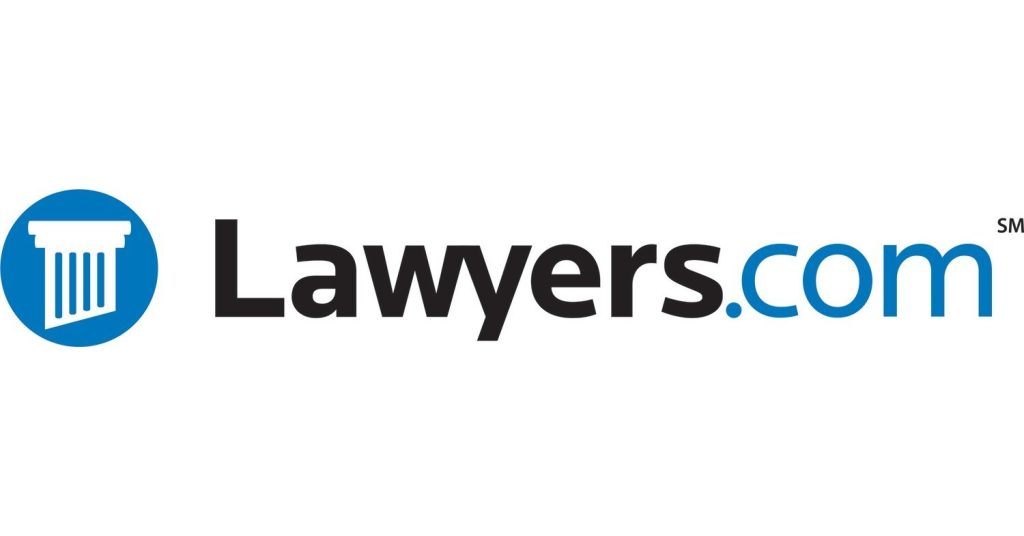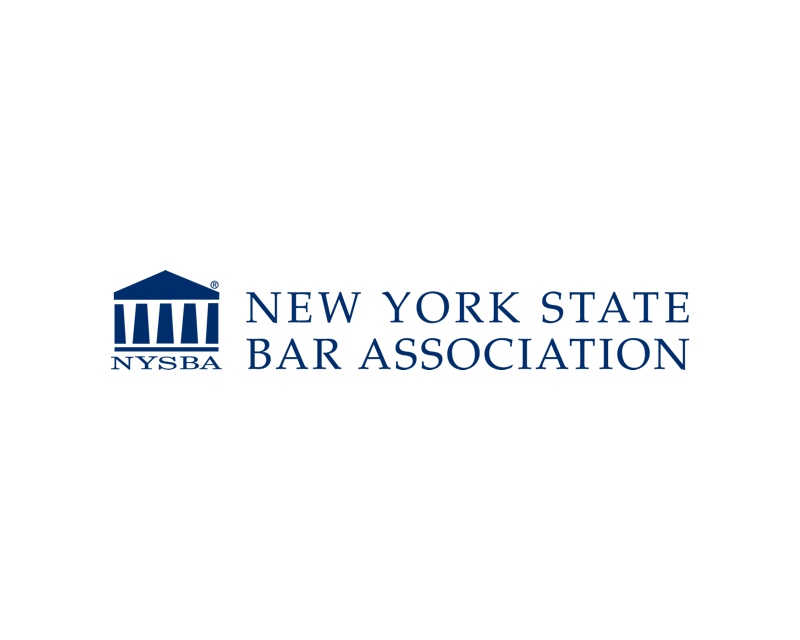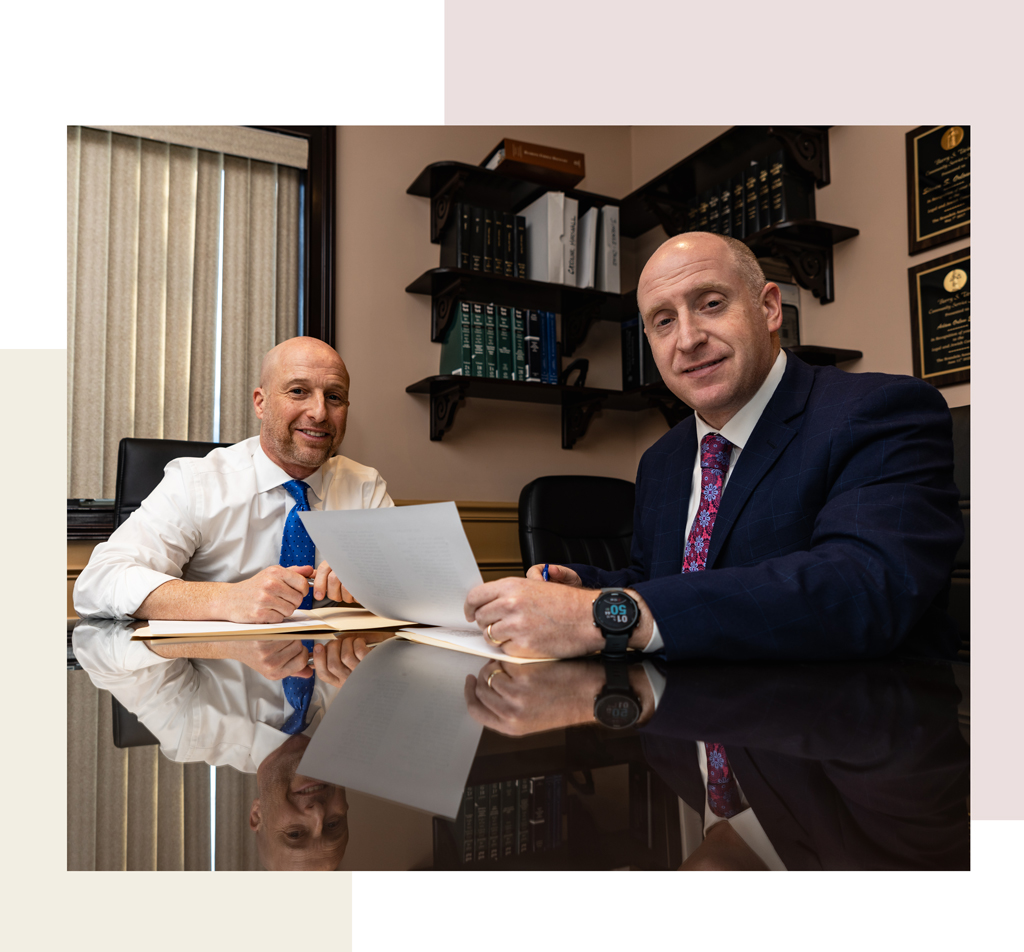The Following People Contributed to This Page
Cindy Cordova is a seasoned legal writer with over seven years of experience crafting clear, informative, and professional content for law firm websites. With a B.A. in English from Trinity Christian College, she combines her strong writing background with a deep understanding of legal topics to help firms connect with their clients through trustworthy and accessible content.
- June 4, 2025
Experienced Crane Accident Lawyers Serving New York City
If you or a loved one has been injured in a crane accident in New York City, you need legal representation that understands the complexities of these cases. At The Orlow Firm, our New York City crane accidents lawyers have extensive experience handling claims arising from these serious and often life-altering incidents. Crane accidents in NYC frequently involve multiple parties and complex liability issues, requiring skilled legal advocacy to protect your rights and secure fair compensation.
New York City’s dense urban environment, combined with ongoing construction projects across the five boroughs, creates unique risks. Crane accidents can result from equipment failure, operator error, inadequate safety measures, or violations of city and state regulations. Our construction accident attorneys are familiar with the local laws, NYC Department of Buildings rules, and the court systems that govern crane accident claims. We work diligently to hold negligent parties accountable and help injured victims navigate the challenging claims process.
Whether you were a construction worker, pedestrian, or driver injured by a crane collapse, falling debris, or malfunction, The Orlow Firm is prepared to assist you. We understand the physical, emotional, and financial toll these accidents can take. Our compassionate legal team is here to listen, answer your questions, and guide you through every step of your case.
If you have been hurt in a crane accident in New York City, do not delay in seeking legal advice. Contact The Orlow Firm today for a free consultation. Let us help you understand your rights and explore your options for obtaining the compensation you deserve. Call us at (646) 647-3398.
Types of Crane Accident Cases We Handle in New York City
Crane accidents in New York City can be complex and devastating. At The Orlow Firm, we represent clients injured in a wide range of crane-related incidents. Our attorneys understand the unique challenges these cases present, including multiple parties involved and strict local regulations governing crane operations.
We handle various types of crane accident cases, such as:
- Crane Collapse or Tip-Over: When a crane collapses or tips over due to mechanical failure, improper setup, or operator error, it can cause severe injuries or fatalities to workers and bystanders.
- Falling Loads: Loads that are not properly secured or exceed weight limits can fall, striking workers or pedestrians below. These accidents often result in catastrophic injuries.
- Crane Operator Negligence: Operator mistakes, such as misjudging distances or ignoring safety protocols, can lead to serious accidents on busy New York City construction sites.
- Mechanical Failures: Defective parts, poor maintenance, or faulty equipment can cause crane malfunctions, resulting in accidents that injure workers or damage property.
- Improper Assembly or Disassembly: Errors during the assembly or disassembly of cranes can create dangerous conditions that lead to accidents.
- Electrocution: Cranes operating near power lines pose a risk of electrocution if proper clearance is not maintained.
- Swinging or Dropping Loads: Loads swinging uncontrollably or being dropped unexpectedly can injure workers or damage nearby structures.
- Crane Strikes: Cranes striking nearby buildings, vehicles, or pedestrians due to operator error or mechanical issues.
Each type of crane accident requires careful investigation to determine liability and secure fair compensation. Our attorneys are familiar with New York City’s construction industry standards and local laws, including regulations enforced by the NYC Department of Buildings and OSHA. We work diligently to gather evidence, consult with experts, and build strong cases tailored to your specific circumstances.
If you or a loved one has been injured in a crane accident in New York City, it is important to seek legal guidance promptly. Contact The Orlow Firm today for a free consultation. Our experienced crane accident lawyers are ready to help you understand your rights and pursue the compensation you deserve. Call us at (646) 647-3398.
Proven Results for Injured People in New York City
At The Orlow Firm, we understand that crane accidents can cause devastating injuries with long-lasting effects. Our attorneys have a strong track record of securing substantial settlements and verdicts for clients injured in construction site accidents across New York City. While every case is unique, these results demonstrate our commitment to pursuing full compensation for those harmed by negligent crane operations and unsafe work conditions.
Some of our notable personal injury recoveries related to construction and maintenance accidents include:
- $3,375,000 for a construction worker who fell 12 feet off a ladder, sustaining neck, back, elbow, and shoulder injuries requiring surgery.
- $3,000,000 for a worker who fell from a ladder, suffering a fractured femur and back injuries that required surgery.
- $2,600,000 for an HVAC laborer injured when a drop ceiling fell on his head, causing back, knee, and shoulder injuries.
- $2,500,000 for a construction worker injured by a collapsed wall on a forklift, resulting in lower back injuries requiring surgery.
- $2,474,000 for an undocumented worker who received an electric shock while on a scaffold and fell, sustaining back and knee injuries needing surgery.
- $2,100,000 verdict for an undocumented worker who fell off a scaffold, suffering elbow and shoulder injuries requiring surgery.
These cases reflect the serious nature of construction site injuries in New York City, especially those involving cranes and related equipment. Our firm’s experience navigating New York’s complex construction laws, local building codes, and the city’s administrative agencies helps us build strong claims on behalf of injured workers and bystanders alike.
If you or a loved one has been hurt in a crane accident in New York City, you need a legal team that understands the risks and challenges involved. We are ready to investigate your case thoroughly, identify all liable parties, and fight for the compensation you deserve.
Contact The Orlow Firm today for a free consultation and case evaluation. Call us at (646) 647-3398 to discuss your claim with experienced New York City crane accident lawyers who will stand by your side.
Why Choose The Orlow Firm for Your New York City Crane Accident Case?
Suffering an injury in a crane accident in New York City can be overwhelming. You need a legal team that understands the complexities of these cases and the local environment where they happen. The Orlow Firm offers dedicated representation focused on the unique challenges of crane accident claims in NYC.
Our attorneys have extensive experience handling construction site injuries, including those involving cranes. We know how to investigate the causes of these accidents, which often involve multiple parties such as contractors, property owners, equipment manufacturers, and city agencies. Navigating liability in these cases requires detailed knowledge of New York City’s construction regulations and local court procedures.
Here are some reasons clients choose The Orlow Firm for their crane accident claims:
- In-depth Knowledge of NYC Construction Laws: We are familiar with city building codes, Occupational Safety and Health Administration (OSHA) standards, and New York Labor Law provisions that protect construction workers and bystanders.
- Experience with Complex Liability Issues: Crane accidents may involve several responsible parties. We carefully identify all liable entities to ensure you pursue full compensation.
- Strong Relationships with Local Experts: Our firm works with medical professionals, accident reconstruction specialists, and NYC-based investigators to build strong cases.
- Personalized Client Support: We understand how serious crane accident injuries can affect your life. Our attorneys provide compassionate guidance and clear communication throughout your case.
- No Upfront Fees: We handle cases on a contingency fee basis, so you pay nothing unless we recover compensation for you.
Crane accidents in New York City often result in serious injuries requiring long-term care and rehabilitation. Choosing a legal team that combines local insight with thorough case preparation can make a significant difference in the outcome of your claim.
If you or a loved one has been injured in a crane accident in New York City, contact The Orlow Firm for a free consultation. Our experienced attorneys are ready to help you understand your rights and pursue the compensation you deserve. Call us today at (646) 647-3398.
Steps to Take After Being Injured in New York City
If you have been injured in a crane accident in New York City, taking the right steps immediately can protect your health and strengthen your legal claim. Crane accidents often involve complex circumstances and multiple parties, so careful action is essential.
- Seek Medical Attention: First and foremost, seek medical attention right away. Even if your injuries seem minor, some conditions may worsen over time. Visit a nearby hospital or urgent care center, such as NYC Health + Hospitals or Mount Sinai, for a thorough evaluation and treatment. Prompt medical records are vital evidence for your injury claim.
- Document the Scene: Next, document the accident scene as thoroughly as possible. If you are able, take clear photos or videos of the crane, the surrounding area, any visible hazards, and your injuries. This evidence can help establish how the accident happened and who may be responsible.
- Report the Accident: Report the accident to the appropriate authorities without delay. For crane accidents on construction sites, notify site supervisors and the construction company. If the accident involved public property or caused serious injury, contact the New York City Police Department and request an official police report. Police reports from local precincts, such as the 1st Precinct in Manhattan or the 121st Precinct in Staten Island, may be relevant depending on the borough.
- Gather Witness Information: Gather contact information from any witnesses who saw the accident. Witness statements can provide crucial support to your case. Make sure to record their names, phone numbers, and addresses if possible.
- Avoid Public Discussion: Avoid discussing your accident or injuries publicly, including on social media. Statements made without legal guidance can be used against you by insurance companies or opposing parties. It’s best to speak only with your medical providers and your attorney.
- Contact a Lawyer: Finally, contact a qualified New York City crane accidents lawyer as soon as possible. Crane accident claims involve strict deadlines and complex liability issues under New York and federal law. An experienced attorney can guide you through the process, protect your rights, and help you secure the compensation you may be entitled to.
Taking these steps after a crane accident will help protect your health and legal interests. If you have been injured in a crane accident in New York City, call The Orlow Firm today at (646) 647-3398 for a free consultation. We are here to provide compassionate support and aggressive legal representation every step of the way.
How Our New York City Crane Accident Lawyers Can Help You Secure Maximum Compensation
Crane accidents in New York City often result in severe injuries and complex legal claims. Our attorneys understand the challenges injured victims face and work diligently to secure the full compensation you deserve. We handle every aspect of your case, allowing you to focus on your recovery while we manage the legal process.
Here’s how we work to help you secure maximum compensation:
- Thorough Investigation: Our approach begins with a detailed investigation of the accident. We gather critical evidence like site safety reports, maintenance records, witness statements, and expert analyses. This work helps establish liability and uncovers any violations of New York City building codes or OSHA regulations.
- Identifying All Liable Parties: We identify all potentially responsible parties, which may include crane operators, construction companies, equipment manufacturers, property owners, and subcontractors. Holding the right parties accountable is crucial for maximizing your compensation.
- Skilled Negotiation: Negotiating with insurance companies and defense lawyers is a key step. Insurance adjusters often try to minimize payouts in complex crane accident cases. Our attorneys advocate aggressively on your behalf to counter low settlement offers and protect your rights.
- Trial Readiness: If necessary, we prepare your case for trial in the New York State courts. Our legal team has experience litigating personal injury claims related to construction accidents, including those involving cranes. We pursue fair verdicts that reflect the full extent of your medical expenses, lost wages, pain and suffering, and long-term needs.
- Compassionate Client Support: Throughout the process, we maintain clear communication and provide compassionate support. We understand how overwhelming crane accident injuries can be, and we are committed to guiding you every step of the way.
If you or a loved one has been injured in a crane accident in New York City, contact The Orlow Firm today for a free consultation. Call us at (646) 647-3398 to discuss your case and learn how we can help protect your rights and secure the compensation you need.
What Can You Be Compensated For in Crane Accident Cases?
Crane accidents in New York City often cause serious injuries and significant losses. If you have been hurt in a crane accident, you may be entitled to compensation for a wide range of damages. The Orlow Firm works to ensure that every aspect of your injury and its impact on your life is recognized and fairly compensated.
Compensation in crane accident cases can cover both economic and non-economic damages. Economic damages include tangible financial losses such as medical bills and lost income. Non-economic damages address the pain, suffering, and emotional toll caused by your injury.
Common types of compensation you may seek after a crane accident include:
- Medical Expenses: This covers emergency care, hospital stays, surgeries, rehabilitation, physical therapy, medications, and any future medical treatment related to your injury.
- Lost Wages and Loss of Earning Capacity: You can recover income lost while you are unable to work due to your injury. If your injury affects your ability to earn in the future, compensation may also include diminished earning capacity.
- Pain and Suffering: Financial recognition for the physical pain and emotional distress you endure as a result of the accident.
- Disability and Disfigurement: Compensation for permanent disabilities or disfigurement that affect your quality of life and daily activities.
- Emotional and Psychological Trauma: Injuries such as post-traumatic stress disorder (PTSD), anxiety, or depression resulting from the trauma of the accident.
- Property Damage: Reimbursement for personal property damaged during the crane accident, such as vehicles or personal belongings.
- Rehabilitation and Long-Term Care: Costs related to ongoing therapy, assistive devices, home modifications, or long-term nursing care.
- Loss of Enjoyment of Life: Damages for the reduced ability to participate in hobbies, social activities, and family life.
Crane accidents often involve complex liability issues, and the financial impact can be substantial. Our attorneys understand the challenges faced by injured workers and residents in New York City, including the borough-specific construction risks and the strict regulations governing crane operations.
If you have been injured in a crane accident, it is important to act quickly. Contact The Orlow Firm to discuss your case and learn about the compensation you may be entitled to receive. We offer a free consultation and case evaluation to help you understand your legal options.
Call us today at (646) 647-3398 to schedule your free consultation. Let us help you pursue the compensation you deserve.
Who Can be Liable for Crane Accident Cases?
Determining liability in crane accident cases can be complex. Multiple parties may share responsibility depending on the circumstances of the accident. In New York City, where construction sites are often crowded and regulated by strict safety codes, identifying who is legally liable is crucial to securing fair compensation.
Common parties who may be held responsible for crane accidents include:
- Crane Operators: If the operator was negligent, distracted, or improperly trained, they may be liable for causing the accident.
- Construction Companies: The company overseeing the project could be responsible if they failed to enforce safety protocols or hired unqualified personnel.
- Crane Owners: The party that owns or leases the crane might be liable if the equipment was poorly maintained or defective.
- Equipment Manufacturers: Defective crane parts or design flaws can hold manufacturers accountable under product liability laws.
- Site Supervisors and Managers: Those responsible for overseeing daily operations may be liable if they ignored safety violations or failed to address hazards.
- Subcontractors: If a subcontractor’s actions or negligence contributed to the accident, they may share liability.
- Maintenance Providers: Companies or individuals tasked with inspecting and repairing the crane could be liable if they neglected proper maintenance.
In New York City, the Labor Law and Occupational Safety and Health Administration (OSHA) regulations impose strict duties on employers and contractors to maintain safe work environments. Violations of these laws can establish liability in crane accident cases.
Because crane accidents often involve multiple responsible parties, liability may be shared. Our attorneys carefully investigate all aspects of the accident to identify every party that may be legally responsible for your injuries. This thorough approach helps ensure that you pursue full and fair compensation.
If you or a loved one has been injured in a crane accident in New York City, it is important to consult with a knowledgeable personal injury lawyer promptly. We can help you understand who may be liable and guide you through the claims process.
Contact The Orlow Firm today for a free consultation. Call us at (646) 647-3398 to discuss your case and learn how we can assist you in seeking justice and compensation.
Common Injuries in New York City Crane Accident Cases
Crane accidents in New York City often result in serious and life-altering injuries. Due to the height, weight, and complexity of crane operations in the city’s dense construction sites, the impact of these accidents can be devastating. Victims may face long hospital stays, extensive medical treatment, and permanent disabilities.
Injuries from crane accidents can vary widely depending on the nature of the incident. Common injuries include:
- Traumatic Brain Injuries (TBIs): Head trauma from falls or being struck by falling debris can cause concussions, skull fractures, or severe brain damage.
- Spinal Cord Injuries: Falls from cranes or heavy equipment collisions can lead to partial or complete paralysis, affecting mobility and independence.
- Broken Bones and Fractures: Limbs, ribs, and other bones often break in crane-related accidents, sometimes requiring surgery and long recovery periods.
- Internal Injuries and Organ Damage: Blunt force trauma may cause damage to internal organs, which can be life-threatening and require immediate medical care.
- Soft Tissue Injuries: Sprains, strains, and tears to muscles, ligaments, and tendons are common, especially in falls or sudden impacts.
- Amputations: Severe accidents involving heavy machinery or crushing injuries can lead to the loss of fingers, hands, or limbs.
- Burns and Chemical Exposure: Some crane accidents involve fires or hazardous materials, causing burns or toxic exposure.
- Psychological Trauma: The emotional and mental impact of surviving a crane accident can include anxiety, depression, and post-traumatic stress disorder (PTSD).
Given New York City’s unique construction environment, with numerous high-rise projects and active crane operations across boroughs like Manhattan, Brooklyn, and Queens, these injuries often occur in complex scenarios involving multiple parties. The severity of injuries frequently requires specialized medical treatment available at local trauma centers such as Bellevue Hospital or Mount Sinai.
If you or a loved one has suffered injuries in a crane accident, it is crucial to seek immediate medical attention and consult a personal injury attorney familiar with New York City’s construction laws and regulations. Understanding the full extent of your injuries and the legal options available can help you pursue the compensation you need for medical bills, lost wages, rehabilitation, and more.
Contact The Orlow Firm today for a free case evaluation. Our experienced New York City crane accidents lawyers are ready to help you protect your rights and secure the compensation you may be entitled to. Call us at (646) 647-3398.
Local Resources in New York City
If you have been injured in a crane accident in New York City, accessing the right local resources can be crucial for your recovery and legal process. The city offers a variety of medical, legal, and support services that can assist you after your accident. Knowing where to turn for help can make a significant difference in managing your injury and protecting your rights.
Medical Facilities and Emergency Care
New York City is home to many hospitals and urgent care centers equipped to handle serious injuries from construction and crane accidents. Prompt medical attention is vital, even if your injuries seem minor at first. Some key medical centers include:
- Mount Sinai Hospital
Visit Website
1468 Madison Avenue, Manhattan, NY 10029
(212) 241-6500 - NewYork-Presbyterian/Weill Cornell Medical Center
Visit Website
525 East 68th Street, Manhattan, NY 10065
(212) 746-5454 - NYC Health + Hospitals/Bellevue
Visit Website
462 First Avenue, Manhattan, NY 10016
(212) 562-4141 - CityMD Urgent Care Centers
Visit Website
Multiple locations across NYC, providing immediate care for non-life-threatening injuries.
Police and Emergency Services
In the event of a crane accident, it is important to notify the New York City Police Department (NYPD) and other relevant authorities. The NYPD’s Emergency Service Unit often responds to construction site accidents. For reporting and follow-up, you may contact:
- NYPD Headquarters
Visit Website
1 Police Plaza, Manhattan, NY 10038
Emergency: 911
Non-emergency: (646) 610-5000 - NYC Department of Buildings (DOB)
Visit Website
Responsible for construction site safety inspections and code enforcement.
280 Broadway, New York, NY 10007
(212) 566-5000
Legal and Support Services
After a crane accident, you may need assistance navigating workers’ compensation claims, personal injury lawsuits, or other legal matters. Local resources include:
- New York State Workers’ Compensation Board
Visit Website
328 State Street, Schenectady, NY 12305
(877) 632-4996 - NYC Office of Labor Relations
Visit Website
Provides information on workplace rights and safety regulations. - Legal Aid Society
Visit Website
Offers free or low-cost legal assistance for injured workers and accident victims.
Transportation and Accessibility
Navigating New York City after an injury can be challenging. The Metropolitan Transportation Authority (MTA) operates buses and subways throughout the city, with services accommodating disabled passengers:
- MTA Customer Service
Visit Website
Provides route information, service updates, and accessibility resources.
(511) or (877) 690-5116
Community and Rehabilitation Resources
Recovering from a crane accident often requires physical therapy and community support. Local centers include:
- NYC Department of Health and Mental Hygiene
Visit Website
Offers health programs and rehabilitation resources. - YMCA of Greater New York
Visit Website
Provides wellness programs and support services across all boroughs.
Having access to these local resources can help you manage the aftermath of a crane accident in New York City. If you or a loved one has been injured, it is important to seek medical care promptly and understand your legal rights. Our experienced New York City crane accidents lawyers are here to guide you through every step of the process.
Contact The Orlow Firm today for a free consultation at (646) 647-3398. We can help you connect with the right resources and fight for the compensation you deserve.
Frequently Asked Questions (FAQs)
If you or a loved one has been injured in a crane accident in New York City, you likely have many questions about your legal rights and options. The Orlow Firm is here to provide clear, straightforward answers to some of the most common questions we receive from clients. Understanding these key points can help you make informed decisions as you move forward with your claim.
- How long do I have to file a lawsuit after a crane accident in New York City? In most personal injury cases in New York, the statute of limitations is three years from the date of the accident. However, claims against the city or certain public entities often have much shorter deadlines, sometimes as little as 90 days. It is important to consult with an attorney promptly to ensure your claim is filed on time.
- Who can be held responsible for a crane accident? Liability in crane accident cases can be complex. Potentially responsible parties may include the crane operator, construction company, property owner, equipment manufacturer, or maintenance providers. Determining fault often requires a thorough investigation of the accident circumstances and applicable safety regulations.
- Do I need to prove negligence to win my case? Yes. To recover compensation, you must show that the responsible party failed to exercise reasonable care, leading to your injury. This can involve demonstrating violations of safety standards, improper crane operation, or inadequate maintenance. Our attorneys have experience gathering the evidence needed to build a strong case.
- What types of damages can I recover in a crane accident claim? Victims may be entitled to compensation for medical expenses, lost wages, pain and suffering, rehabilitation costs, and other losses related to the accident. In cases involving permanent disability or wrongful death, additional damages may apply. We carefully assess all damages to seek full and fair recovery.
- Will my case go to trial? Many crane accident claims are resolved through settlement negotiations. However, if a fair agreement cannot be reached, your case may proceed to trial. Our legal team is prepared to advocate for your rights both in and out of the courtroom to obtain the best possible outcome.
- Can I still recover damages if I was partially at fault? New York follows a comparative negligence rule. This means you can recover damages even if you share some responsibility for the accident. However, your compensation may be reduced in proportion to your degree of fault. We can help protect your interests and minimize any reduction.
- How much will it cost to hire a New York City crane accident lawyer? The Orlow Firm works on a contingency fee basis. This means you pay no upfront fees, and we only collect a fee if we successfully recover compensation for you. This arrangement allows you to pursue your claim without financial stress.
- What should I do immediately after a crane accident? Seek medical attention right away, even if injuries seem minor. Document the accident scene if possible, and report the incident to the appropriate authorities. Avoid giving statements to insurance companies without legal advice. Contacting an experienced attorney early can protect your rights and strengthen your claim.
If you have more questions or need personalized guidance about your New York City crane accident case, contact The Orlow Firm. Our attorneys are ready to provide a free consultation and help you understand your rights. Call us today at (646) 647-3398 to discuss your situation with a trusted legal team.
Contact Our New York City Crane Accident Attorneys Today
If you or a loved one has been injured in a crane accident in New York City, it is important to act quickly to protect your rights. Crane accidents can cause serious injuries that require extensive medical care and may impact your ability to work and support your family. The legal process can be complex, especially in a city like New York with strict safety regulations and multiple parties potentially responsible.
Our attorneys at The Orlow Firm are ready to provide you with the guidance and support you need. We understand the challenges faced by accident victims in New York City, including navigating local building codes, dealing with insurance companies, and pursuing claims in the appropriate courts. We are committed to helping you secure the compensation you may be entitled to for your injuries, lost wages, medical expenses, and pain and suffering.
Contacting an experienced New York City crane accidents lawyer as soon as possible ensures that critical evidence is preserved and that your claim is handled with care and attention. We offer a free consultation to review your case, explain your legal options, and answer any questions you may have. Our firm works on a contingency fee basis, so you pay nothing upfront and only owe legal fees if we recover compensation for you.
Don’t wait to get the help you need. Call The Orlow Firm today at (646) 647-3398 for a free case evaluation. Let us stand by your side and fight for your rights after a New York City crane accident.
The Following People Contributed to This Page
Cindy Cordova is a seasoned legal writer with over seven years of experience crafting clear, informative, and professional content for law firm websites. With a B.A. in English from Trinity Christian College, she combines her strong writing background with a deep understanding of legal topics to help firms connect with their clients through trustworthy and accessible content.
